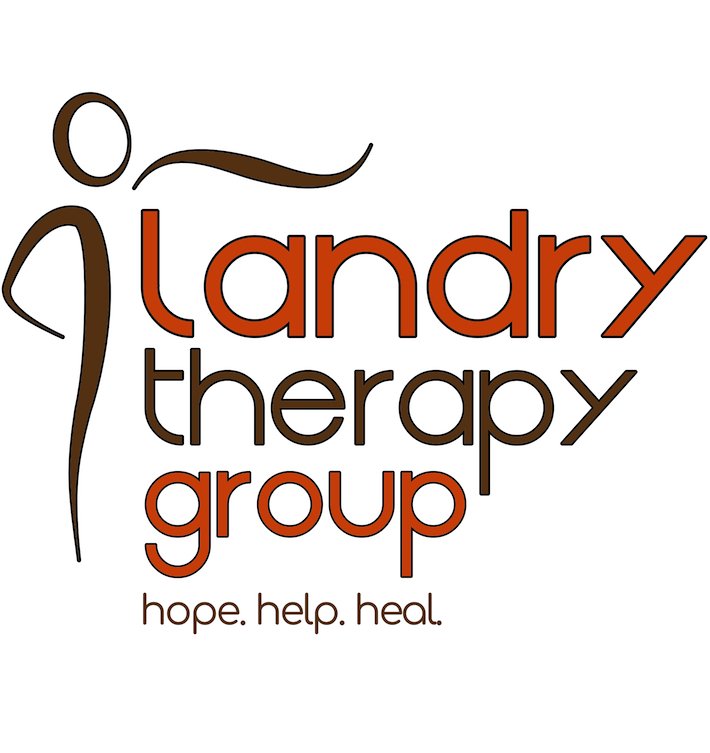How Trauma Affects The Body
Trauma is not just an event but can be an imprint on a person’s life for years.
Trauma can affect every moment, decision, and reaction. Bodies become the silent messengers of our unhealed wounds, manifesting in a myriad of somatic experiences. Chronic pain, immune disorders, tension, and illness can be symptoms of trauma. Daily tasks can become challenges with intrusive thoughts, fragmented memories, and hyper-vigilance.
Emotions also bear the unmistakable mark of trauma. Often the individual navigates a maze of overwhelming feelings that can include fear and shame, to anger and despair. Emotional regulation becomes difficult and quite often self-destructive patterns emerge like addiction and dissociation.
Relationships can become difficult. The need for connection becomes negatively affected by fears of betrayal, and difficulties trusting and being vulnerable.
Healing is possible through therapy, somatic practices, and self-care. Mindfulness, neurofeedback, yoga, and other therapeutic modalities can help build a sense of safety and put clients on the path to building self-regulation and the integration of mind and body.
Daily tasks that were once simple, become challenges for the traumatized individual. Concentration falters as the mind is bombarded with intrusive thoughts, fragmented memories, and ever-present hypervigilance. The ability to engage in routine activities may be difficult, as the mind and body are consumed by the overwhelming weight of past traumas.
But healing is possible. Through therapy, somatic practices, and self-care, the traumatized individual can embark on a path toward reclaiming their daily life. Mindfulness, neurofeedback, yoga, and other therapeutic modalities can foster a sense of safety, rebuild self-regulation, and promote the integration of body and mind.
With proper support, understanding, and a commitment to self-discovery, the traumatized Individual can develop tools to cope and learn to heal.

